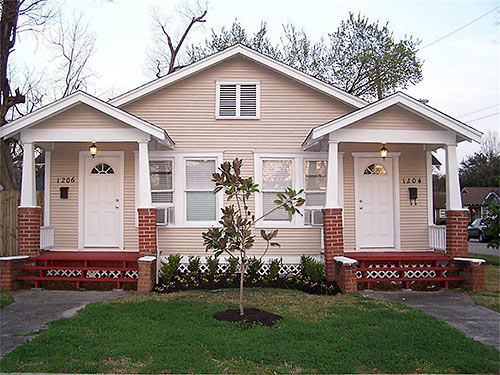
Two households, both alike in dignity, in fair North Norhill, where we lay our scene . . .
***
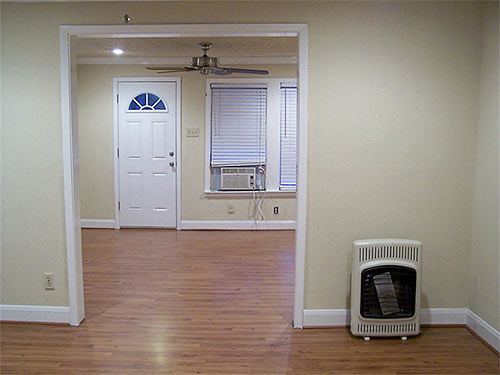
The 1930 duplex divides its 1,256 sq. ft. into similar lineups of rooms with 12-ft. dimensions — and plug-in devices for air conditioning and heating. Updates include laminate flooring in the living and dining rooms (above), modest tweaks in the kitchens . . .
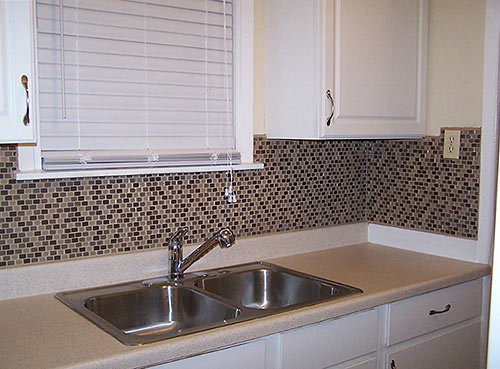
and some bathroom redo:
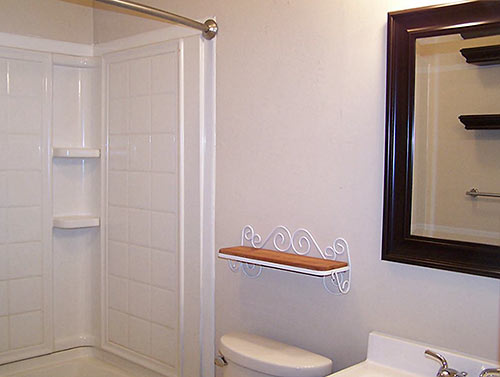
A house divided does not mean equal, however. One of the 1-bedroom units faces quieter West Temple St. — off a side porch:
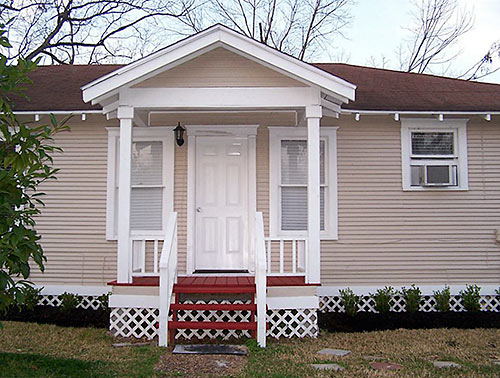
The other unit gets a more private fenced yardlet off its porch:
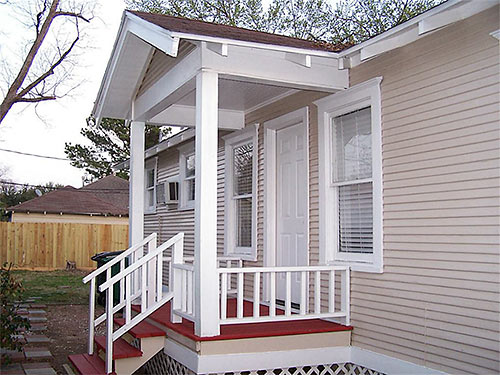
There appears to be a driveway intended for both units at the back of the 5,000-sq.-ft. corner lot. Each unit bears its own address, but the property shows a single asking price:Â $310,000 in its listing posted a week ago.
- 1204 Studewood St. [HAR]


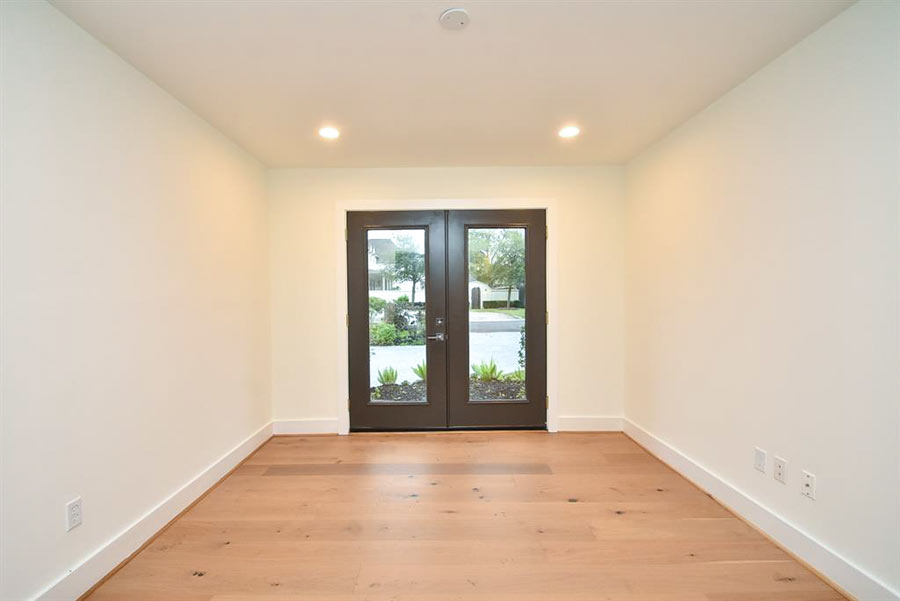

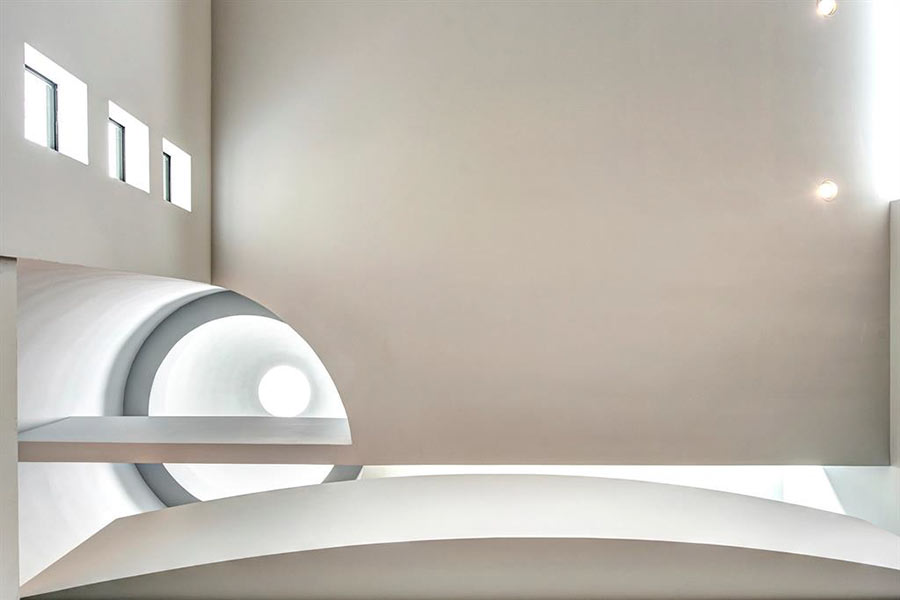
I’ve got to pay more attention–I drive past this house every day going to and from work and I would have sworn it was yellow.
$310K for laminate floors, no original anything inside, no A/C, central heat or garage and 1256 square feet total?
This must be the top of the bubble.
Yardlet? tee hee
I almost bought this a just a few years ago when it was yellow and 200k…
I don’t understand it when people talk about a real estate “bubble” in Houston. There is no bubble. There is a steady climb. It is simple supply and demand. Harris county will add 2 million residents over the next 20 years. Or, in more direct terms for the mathematically challenged, that’s about 100,000 people a year new to the Houston area. They have to live somewhere, and will continue to be willing to pay. They’ll even pay for 1256 square foot homes with no central AC just to be in central neighborhoods.
http://www.houstontx.gov/planning/_GeneralPlan/Growth.html
Sadz, the bubble part comes in when employment growth slows too much and those population growth numbers you state are never reached. that’s about where we are now as employment growth is already weakening a lot this year from where it was the past couple years. Our current population boom was due to an unexpected resurgence in the gulf of mexico oil market and hit our housing supply by complete surprise. however, the housing market will be going full steam for the next few years to catch up on supply and entire new subdivisions are going to be created that are well outside of the property value inflation we’re seeing in town. the vast majority of new residents are already buying well outside of the 610 loop. even the snottiest of inner loopers such as myself would eventually consider buying a mansion in the ‘burbs for the same price as a cluttered townhome in the loop.
now of course it’s not to say we’re in a bubble right now, but beyond doubt there will be a lot of downward pressure on home prices in the Houston area moving forward unless we see employment start accelerating again. that definitely is not going to be likely no matter how well the gulf market holds up. so i think people claiming there is or isn’t a bubble are being a bit premature, we all have to wait and see. I believe the general expectation is that although values have shot up, there should be enough demand to hold the prices up moving forward. so yes, odds are probably against a bubble, but i would expect that this burst of demand has pulled property valuations forward quite a bit and that folks shouldn’t expect to see gains on home prices for the next 5 years or so as a glut of new apartments and homes come onto the market. there’s still plenty of land to be redevloped and no shortage of opportunities for increased density in the inner loop and that’s even before we start really gentrifying the 3rd and 5th wards. for me, i’ll hold off on inner loop property until the boomers start dwindling down.
Dear anyone buying this as an investment property: Please buy something else. One basic metric is rental income v. purchase price. You can though a dart at the wall and find a place that brings in more rental income for the same price (or the same rental income for much less). And, if you assume we’re at least *near* the top of a bubble, then other places can give you much better appreciation to boot.
*throw
Where is our user log in / edit comment features? :)
In response to Joel: Agreed that home prices can not continue to rise like they have over the past year or two. People will look to other options if prices get too high. However, I don’t believe home prices are in a bubble, at least for single family homes inside the loop, especially those with the good fortune of having a yard. The simple fact is that there is a finite quantity of these now, and it will never go up since all new construction is town homes, condos, and apartments. Condos and town homes are not perfect substitutes for a house, and the suburbs is not a perfect substitute for urban living. Therefore there will not be enough supply of homes inside the loop to satisfy demand… even if job growth slows.
Town homes and condos, on the other hand…. seems like new construction could cause a bubble there.
It gets easier and easier to forget about business cycles as we reach the top of one. As the saying goes, no one’s an atheist in the foxhole. Joel makes a great point that this demand was unexpected. Houston is a city that was built to change, and that it does. Combine irrational exuberance with developer friendly planning regulation and you will always find over development. The fee’s & investor returns that drive developers, rehab buyers and brokers will always fuel these markets. And why wouldn’t they? It’s not the developers fault for trying to capitalize on this opportunity. Sure, there will be some eyesores that come out of this boom, but for the most part the city will be a more enjoyable and aesthetically pleasing. For the time being, Houston is enjoying the popularity of cities such as New York and Los Angeles. Houston , like many foreign countries is a commodity driven market. When that demand stops, so will the demand for Houston. Lets face it, we don’t have the ocean, we don’t have the mountains…but we do have jobs. As unexciting as that sounds too Houstonians its very exciting for those who can’t find jobs in New York, Miami, and Chicago. If you think these home prices are high, take a look at what you can buy for $500k in Miami, Fl. I think the question for the time being is where are all these out of towners going to move. It’s hard to believe that they will all be able to afford $1.60+/ per ft rents in the inner loop, but maybe for now they will. These markets aren’t going to slow down for awhile, we live in a global world where money and intel moves seamlessly across borders. There is no lack of , out of state “dumb money,” who buy property based on returns & fee’s. These firms read and analyze the news online and at this moment we are the darling of the investment world.
permit: At the expense of having all my comments share a theme, there is plenty of inner loop space for these newcommers to come. I can point to 1000 apartments inside the loop, a few miles from downtown, montrose, heights, etc. that are sub $1/f rents. They just happen to be NEAR the ‘hot spots’ and not IN the ‘hot spots’.
.
Oh, and even old class C stuff *in* Montrose is hitting $2/f rents.
“Our current population boom was due to an unexpected resurgence in the gulf of mexico oil market and hit our housing supply by complete surprise.”
The decline in GoM offshore drilling was also unexpected. The real change has been HOW companies drill, not whether they drill. Also, Oxy pulling up stakes from LA and moving to Houston has nothing to do with a body of water, unless you are looking at one that dried up a year or three ago out in West Texas. Yes, there are cycles, and the oil patch has been notoriously cyclical. However, the growth story for Houston is tied both to deepwater and onshore unconventionals.
The larger question for Houston is whether we continue subisdizing the uneconomic infrastructure to grow ever further away from the center, or whether we decide to more fairly allocate resources to benefit existing taxpayers vs. future taxpayers.
Cody, My apologies, I’ll start referencing submarkets as “in hot spots” or “near hotspots.” CBRE’s 4Q2013 Market report, which came out today, reflects average rents in infill Houston at $1.51/ ft. This includes east infill at $1.19. HISTORICALLY, that’s a very high rate for these locations. My point was to the development, of which , none of these new multifamily developments are going to be asking sub $1 rents….I’m curious as to how much of that supply will be absorbed